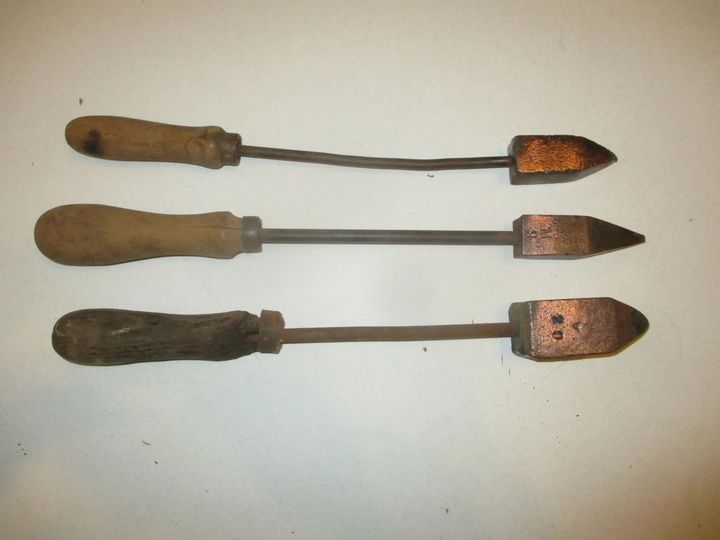Imagine the hum of your vintage radio filling the room with classic tunes or the thrill of tinkering with an old television set. Those who fondly reminisce about these memories probably have the trusty soldering iron to thank. Yes, the soldering iron, the unsung hero in the world of electronics and metalwork, has a rich history stretching back centuries. From ancient Egyptian jewelers to Roman artisans and on to the electronic enthusiasts of today, this simple yet indispensable tool has been a steady companion through the ages.

Replace
The Origins
The journey of the soldering iron begins in the days when epic poems were the primary storytelling medium. Ancient civilizations like the Egyptians, Greeks, and Romans used rudimentary forms of soldering in their craftsmanship. Think lavish golden earrings, imposing copper statues, and sparkling silver artifacts – all made possible by early soldering tools. These early artisans used heated metal rods and molten alloys to bond materials together, showcasing their remarkable ingenuity long before the age of electricity.
The Electric Revolution
As the industrial world began to turn its wheels faster, by the late 19th and into the early 20th century, the soldering iron evolved in tandem. With the rise of the electrical industry, the demand for a reliable means to join electrical components soared. Enter the electric soldering iron. In the roaring 1920s, the innovative Ernst Sachs developed an electrically regulated soldering iron, offering greater precision and efficiency. Early electric models, though basic, were robust, with metal tips retaining heat admirably. These inventions revolutionized the electronics industry, laying the groundwork for the gadgets we now take for granted.
Practical Magic and Diverse Applications
For those whose world is composed of circuit boards and electronic components, the soldering iron is as familiar as an old friend. In the golden age of radio and telegraph, and later television manufacturing, the soldering iron was key to making secure, durable connections. It transformed complex electronic components into reliable devices, passing the test of time. And who could forget stained glass enthusiasts? These artists used soldering irons to mold their visions, fusing metal frames and colorful glass into beautiful artwork that dazzled viewers.
Imagine a craftsman from the 1950s meticulously soldering parts of a television set, ensuring every connection is perfect. Without such dedication and precision enabled by our trusty tool, modern marvels like home computers and transistor radios might not have come to life as swiftly.
The Legacy Lives On
The clunky, dependable soldering iron of yesteryears may seem like an antique in today’s era of sleek gadgets, but its legacy is unforgettable. These sturdy old tools have earned a warm spot among collectors, hobbyists, and electronics aficionados. There’s something profoundly satisfying about using a vintage soldering iron – they’re the embodiment of durability and efficient design. Some argue, not without a hint of nostalgia, that these vintage models outperform today’s more complex tools in terms of resilience and simplicity.
The Modern Renaissance
Modern tweaks may have added bells and whistles, but the core essence of the soldering iron remains unchanged. Today’s variety pack includes temperature-controlled, highly precise models tailored for specialized tasks. Yet, there’s a timeless charm to vintage models that new designs often lack. They’re a testament to the golden age of craftsmanship and innovation, inspiring today’s generation of DIY enthusiasts and makers to carry on the tradition of turning imagination into reality.
Timeless Appeal
The truth is, whether you’re a seasoned professional or a newbie in your garage workshop, the soldering iron is a vital ally. Over time, it has proven indispensable, igniting the spark of creativity and innovation across multiple generations. From those early metal rods to the sophisticated electric tools of today, the journey of the soldering iron is a testimony to human ingenuity and the relentless pursuit of progress.
So, every time you pick up your soldering iron to fix a circuit board or craft a beautiful piece of art, remember – you’re not just using a tool; you’re part of a legacy. The vintage soldering iron has shaped our past and continues to light the way for future innovations, proving that sometimes, old flames do burn the brightest.






